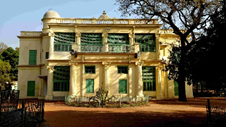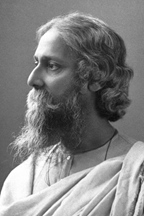

18th September 2023 (9 Topics)
Context
Santiniketan, founded in 1901 by the iconic poet and philosopher Rabindranath Tagore, has earned a coveted spot on the UNESCO World Heritage List.
About
- Santiniketan Ashram was originally founded by Maharshi Devendranath Tagore (Rabindranath’s father) in 1863.
|
This is India’s 41st World Heritage site and India stands 6th on the World Heritage List. |
- Later on Rabindranath himself founded the Brahmo Vidyalaya school and later on in the year 1901 he established Santiniketan.
- Shantiniketan was founded on the principles of the ancient Indian Gurukul system, where education was provided in a natural setting, fostering a strong connection between students and their environment.
- In 1913, Rabindranath Tagore won the Nobel Prize in Literature.
- In 1921, Rabindranath Tagore founded Visva Bharati.
- Visva-Bharati Universitywas later expanded to include a wide range of disciplines, including arts, sciences, and humanities.
- It became a Central University and an Institution of National Importance in 1951, and is now one of the most prestigious universities in India.

|
About Rabindranath Tagore (1861-1941)
|
More Articles




